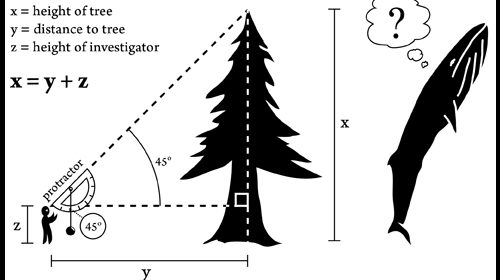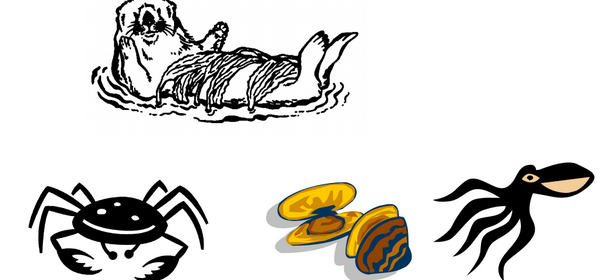Free Resources For Teachers

As you begin the school year, here’s a reminder of some of the free resources and programs the California Coastal Commission has available for classroom teachers, parents, troop leaders, after-school and camp counselors… for anyone who wants to share the wonder of the ocean and encourage coastal stewardship in our kids. Please check out the links below and email us […]
Read more





